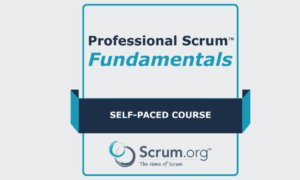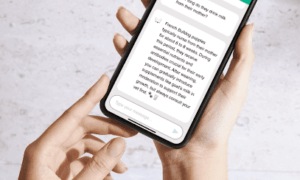In our increasingly connected world, learning a new language offers significant personal and professional advantages from enhancing career prospects to enabling richer travel experiences and deeper cultural understanding. However, with a wide array of language learning platforms and methods available, selecting the best course can be a challenge. Whether you’re aiming for fluency, conversational ability, or basic proficiency, choosing the right course depends on your goals, learning style, and available time. For those seeking high-quality, personalized language instruction, services like https://edlingo.ca offer tailored language learning solutions that stand out in a crowded field.
Defining the “Best” Language Course
What makes a language course the best for you? The answer lies in aligning the course’s methodology with your individual goals. Here are key factors to consider:
- Learning objective: Are you preparing for travel, work, exams, or social integration?
- Preferred learning style: Do you prefer structured lessons, real-life immersion, or conversational practice?
- Time commitment: Can you study daily, a few times a week, or on weekends only?
- Support level: Do you need self-paced materials or guidance from a tutor?
The best language course will meet these needs while keeping you motivated and progressing consistently.
Top Language Course Types to Consider
- Customized One-on-One Language Coaching
One of the most effective ways to learn a new language is through personalized instruction. Private or semi-private sessions with experienced tutors can accelerate your progress by focusing on your unique strengths, weaknesses, and goals. This approach often includes:
- Personalized lesson plans
- Cultural context and real-life scenarios
- Immediate feedback on pronunciation and grammar
- Motivation and accountability
This is where platforms like edlingo.ca excel providing tailored language programs that adapt to each learner’s pace, interests, and level, ensuring efficient and meaningful progress.
- Mobile Apps for On-the-Go Learners
Apps have made language learning more accessible than ever. They are perfect for busy individuals who want to learn in short, daily sessions. While not always comprehensive, they offer a solid foundation in vocabulary, grammar, and basic communication.
Common features include:
- Gamified lessons
- Daily streak tracking
- Bite-sized vocabulary drills
- Pronunciation practice via speech recognition
These are ideal for beginners looking to build a habit and develop confidence before moving to more advanced methods.
- Immersive Multimedia Platforms
For those who learn better through watching and listening, multimedia platforms offer video-based lessons, music, movies, and news content in the target language. These tools expose learners to native speakers and everyday conversations, helping improve comprehension and cultural understanding.
These platforms often include:
- Subtitled videos
- Interactive vocabulary practice
- Audio transcripts
- Real-world usage examples
Such immersion is excellent for intermediate and advanced learners who want to sound more natural and fluent.
- Group Classes and Online Courses
Structured classes, whether online or in-person, follow a curriculum that gradually introduces new concepts, reinforcing them with exercises and peer interaction. These are suitable for learners who benefit from routine and community support.
Key benefits include:
- Group practice and roleplay
- Structured syllabus with clear milestones
- Instructor-led grammar and pronunciation correction
- Often more affordable than private lessons
Group courses also offer social engagement, which can enhance retention and make learning more enjoyable.
Tips for Choosing the Right Course
To ensure you get the most out of your language course, follow these practical guidelines:
- Try before you buy: Look for free trials or sample lessons to test whether the platform matches your style.
- Set realistic goals: Focus on consistency and progress, not perfection.
- Assess progress regularly: Track your improvement in speaking, listening, reading, and writing.
- Don’t rely on one method: Blend approaches for a more balanced skill set combine private coaching with apps or videos.
There’s no one-size-fits-all solution when it comes to language learning. Some learners thrive in guided, structured environments, while others prefer self-directed, immersive methods. Ultimately, the best course is the one that keeps you engaged, challenged, and steadily moving toward your fluency goals.
If you’re looking for a customized, expert-led path to mastering a new language, consider exploring edlingo.ca for professional coaching that adapts to your unique needs. With the right course and commitment, language learning becomes not only possible but enjoyable and deeply rewarding.



































